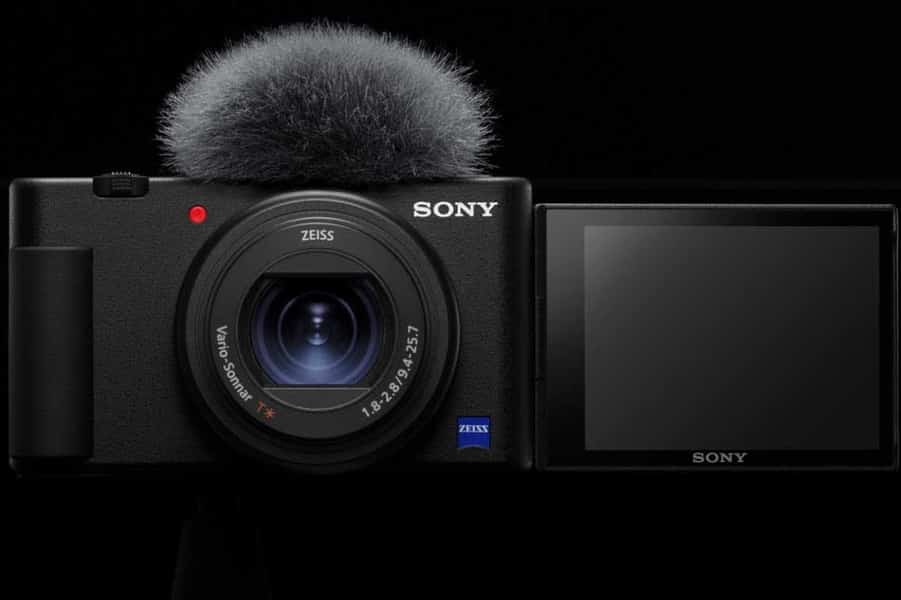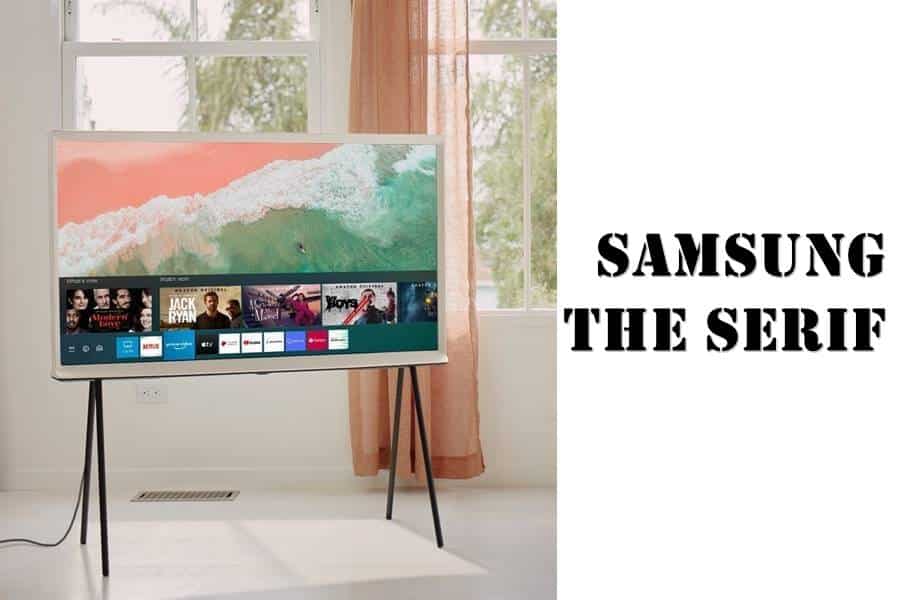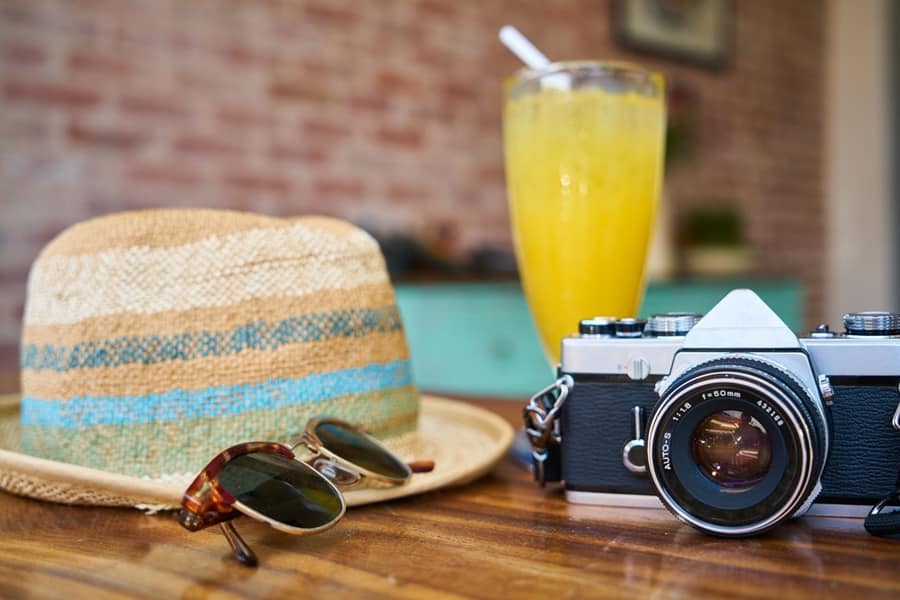The Canon EOS R8 is a 2023 full-frame amateur mirrorless camera. A quick look at the specifications is enough to recognize that this is a smaller variant of the Canon EOS R6 Mark II, the captivating aspect of the Canon EOS R8 revolves around the extensive efforts of engineers and marketers to enhance its features significantly. What can the EOS R8 achieve, and where does it fall short? These are the aspects I aim to focus on in the article.
Let’s start traditionally with the Canon EOS R8 specification table.
| Canon EOS R6 Mark II | Canon EOS R8 | |
| Sensor | 35.9×23.9mm CMOS | 35.9×23.9mm CMOS |
| Effective Resolution | 24.2 MP | 24.2 MP |
| Maximum Image Size | 6000×4000 | 6000×4000 |
| Autofocus | Dual Pixel CMOS AF II with detection of faces, eyes, animals, birds, vehicles, aircraft, etc. | Dual Pixel CMOS AF II with face, eye, animal, and vehicle detection. |
| Frame coverage and maximum number of AF positions | 100%, 1053 zones with automatic selection, 4897 with manual | 100%, 1053 zones with automatic selection, 4897 with manual |
| Stabilization | Five-axis based on image sensor offset | Only in the lens |
| Stabilization Efficiency | Up to 8 exposure stops depending on the lens used | Depending on the lens |
| Continuous Shooting Speed | 12 fps with a mechanical shutter or 40 fps with electronic | 6 fps with a mechanical shutter or 40 fps with electronic |
| Declared Buffer Size | Up to 75 RAW / 140 CRAW at max speed | Up to 120 JPEG / 56 RAW / 100 CRAW at maximum speed |
| Shutter Speed Range | 30 – 1/8000 s (1/16000 with electronic shutter) | 30 – 1/4000 s (1/16000 with electronic shutter) |
| Maximum Video Resolution | 3840 × 2160 up to 60 fps | 3840 × 2160 up to 60 fps |
| RAW Video Support | ProRes RAW on Atomos Ninja V+ via HDMI. 6K up to 60fps | No |
| C-log Support | Canon Log 3 | Canon Log 3 |
| Viewfinder | OLED, 3.69 million pixels | OLED, 2.36M pixels |
| Screen | Rotatable touch 3.0″, 1.62 million pixels | Rotatable touch 3.0″, 1.62 million pixels |
| Memory Cards | 2 x SD UHS-II | SD UHS-II |
| Battery Life | 760/450 frames using screen/viewfinder | 370/220 frames using screen/viewfinder |
| Wireless Interfaces | Wi-Fi 5/2.4 GHz, Bluetooth 5.0 | Wi-Fi 2.4 GHz, Bluetooth 4.2 |
| Dimensions | 138.4×98.4×88.4mm | 132.5×86.1×70.0mm |
| Weight with Memory Card and Battery | 670 g | 461 g |
First and foremost, the key point to note is the striking similarity between the image sensors of the cameras. While their exact specifications may not be confirmed, it’s highly likely that we’re dealing with two very similar cameras in terms of image quality. Additionally, it’s worth highlighting that the EOS R8 shares the same processor as the R6 Mark II – the DIGIC X.
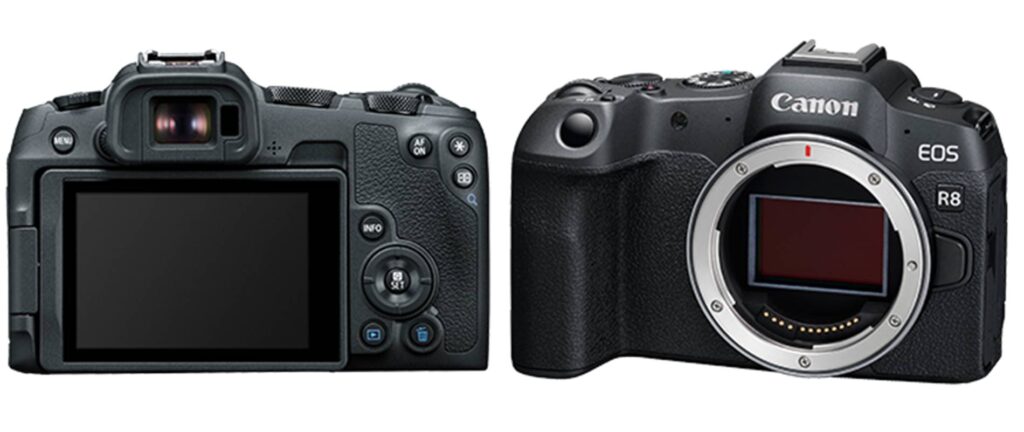
This also suggests that the autofocus systems are quite alike. Both cameras utilize the advanced Dual Pixel CMOS AF II phase detection autofocus technology, and both support AI-driven object recognition for people, animals, and vehicles.
From there, the differences emerge. In the pursuit of a lightweight, slender design and an affordable price, the Canon EOS R8 had to forgo the built-in image stabilizer, a feature that was notably effective in the Canon EOS R6 Mark II. Therefore, when shooting video, you’ll have to rely solely on stabilized lenses or electronic stabilization.
The camera features a simpler mechanical shutter. To start with, it doesn’t support shutter speeds faster than 1/4000 second. For speeds like 1/8000 or 1/16000 seconds, you’ll need to switch to the electronic shutter. The fastest shutter speed of 1/16000 second is only accessible in Tv and M modes.
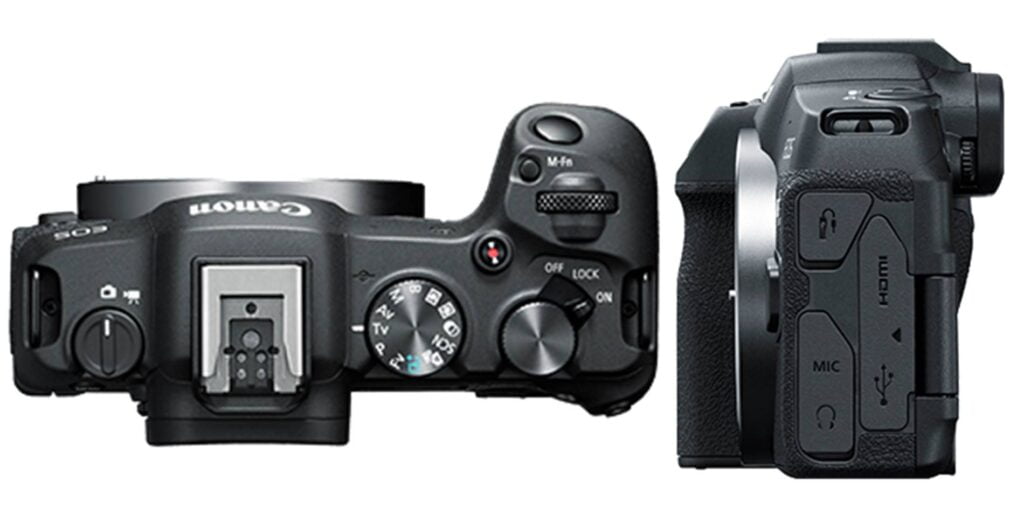
Moreover, the R8 has a notably lower burst rate using the mechanical shutter – only 6 frames per second compared to the 12 frames per second of its older sibling. However, it compensates with an electronic shutter, allowing an impressive speed of up to 40 frames per second for budget-friendly full-frame cameras. Just like the Canon EOS R6 Mark II, this applies to full-resolution shots in both RAW and JPEG formats, complete with autofocus and auto exposure.
In addition, unlike the Canon EOS R6 Mark II, the camera shutter doesn’t close when turned off – a small detail but perhaps noteworthy for some.
Regarding video capabilities, the specifications are quite similar. Both cameras can record highly relevant 4K 3840 × 2160 video at frame rates of up to 50/60 frames per second, spanning the full sensor width and without significant time restrictions (though this will be confirmed through testing). The inclusion of gamma curve profiles like the 10-bit C-Log3 and HDR PQ is shared between the two cameras. The primary distinction lies in the Canon EOS R8’s inability to work with RAW video, which can’t be output to an external recorder. This is a reasonable limitation for a consumer-grade mirrorless camera.

Further simplifications can be found in the interfaces. For instance, the Canon EOS R8 lacks support for 5GHz Wi-Fi, employs the older Bluetooth 4.2 protocol, and offers only one memory card slot.
Lastly, a notable design simplification is the use of the small LP-E17 battery. While this reduced the camera’s weight to 461 grams, it also halved the battery life compared to the EOS R6 Mark II. This particular aspect will be closely evaluated during testing.
Shooting experience with the Canon EOS R8

Ergonomic Impressions
When you hold the Canon EOS R8 in your hands, your initial impression is the same: it’s remarkably small and lightweight! While there’s no doubt about the R8’s full-frame capabilities, it’s notably compact within the Full-Frame camera category. Even the kit lens is compact and slender, making the need for a large bag unnecessary.
The grip on the lower side offers a comfortable hold, although the little finger might not have ample space. However, this is to be expected. On the top panel, you’ll find the power switch which turns on by pulling it towards you, even passing through an intermediate LOCK position. While there’s probably a rationale for this arrangement, I couldn’t quite grasp it during the two-week testing period. The switch seemed somewhat awkward.

The buttons on the back panel are compact, yet everything is well-organized and within reach (especially when considering entry-level models). While there isn’t a dedicated joystick for directly selecting the autofocus point, modern object recognition systems and the touchscreen have gradually made this feature less necessary.
You’ll find two control dials, conveniently positioned under your index finger and thumb. The layout is classic and intuitive. The primary shooting settings are grouped within a submenu accessible through the M-Fn button. While using the EOS R8 without looking might be a bit challenging, taking your time to set up and choose the right options is straightforward.
The touchscreen interface is functional both while shooting (like picking an autofocus point) and within the main and on-screen menus. It works seamlessly and perfectly mirrors the control provided by physical buttons. This particular aspect earns definite praise from the EOS R8 developers.
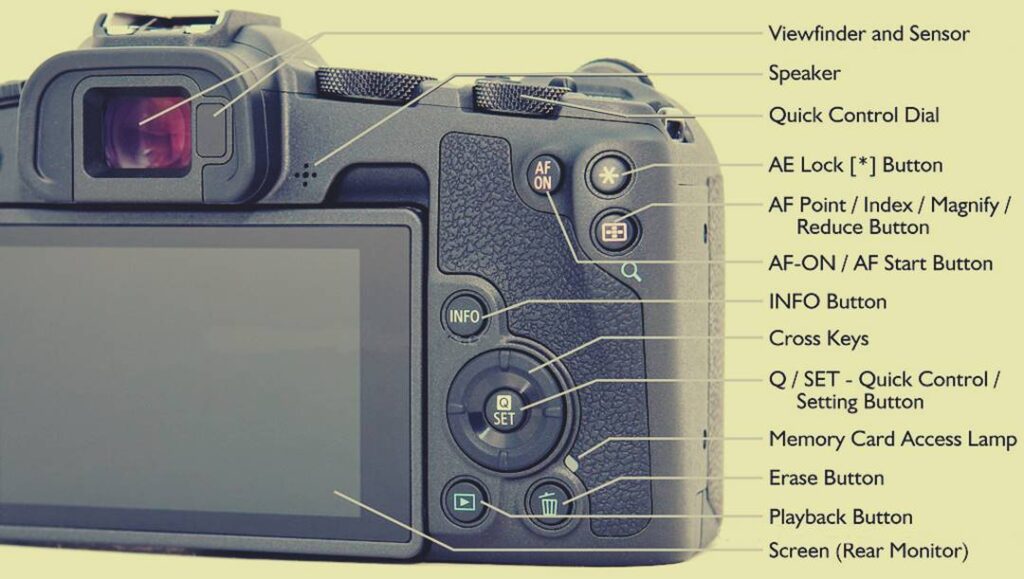
Work Speed
One of the standout features of the Canon EOS R8 is its incredibly rapid shooting speed, especially when compared to other entry-level full-frame DSLRs – a remarkable 40 frames per second. To be honest, you might expect a catch here, but surprisingly, there isn’t one! This camera is capable of capturing 40 frames per second in any format, whether it’s RAW or JPEG, and with any chosen autofocus and metering settings.
However, there’s a minor limitation with the buffer size for this high-speed shooting on the EOS R8. Let me mention upfront that real-world tests showed slightly lower numbers compared to the official specifications. It’s likely that additional settings played a role. For instance, increasing the ISO level noticeably reduces the number of consecutive shots you can take.
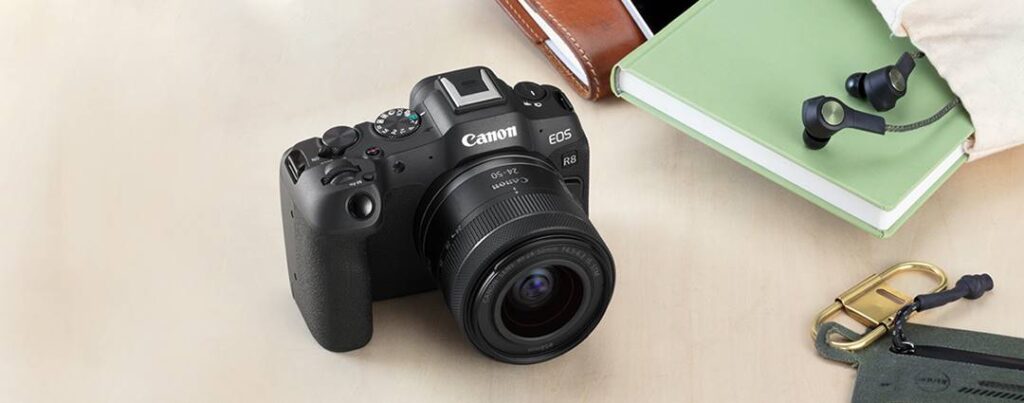
The largest number of shots that could be stored in the buffer at maximum speed was achieved in the Compressed RAW (CRAW) format, totaling 91 frames. Shooting in JPEG allowed for 88 frames before the frame rate started to slow down. In RAW format, the buffer held only 48 frames. As you can gather, the burst duration at maximum speed is around 1 to 2 seconds.
Now, here’s some good news: the camera quickly transfers the full sequence to a fast SDXC UHS-II memory card in about 10 seconds. Deleting the entire series is also hassle-free, as you can remove them together without having to select each file individually.
The Canon EOS R8 also features a pre-shooting mode, where recording begins as soon as you half-press the shutter button. It then saves about half a second of images to the memory card until you fully press the button, capturing several tens of frames thereafter. This mode proves handy for capturing crucial moments. However, there’s one small drawback: these frames are stored as a single RAW file, so you’ll need to review and save your desired shots individually on the card.
Autofocus
The Canon EOS R8’s autofocus system is a direct inheritance from the Canon EOS R6 Mark II, which itself drew inspiration from the advanced EOS R3. This system relies on phase detection focusing, employing the second-generation Dual Pixel CMOS AF II technology unique to Canon. When set to automatic zone selection, the autofocus covers the entire frame, encompassing 100% of its area.
In manual mode, the coverage spans 100% horizontally and 90% vertically. The system boasts a sensitivity of -6.5 EV, although it’s important to approach this figure with care. It’s specified for an f/1.2 lens, while our test involved the RF 24-105mm F4-7.1 IS STM lens. Despite this, the autofocus demonstrated impressive tenacity in low-light conditions. It swiftly locked onto subjects without unnecessary hunting, ensuring rapid focus acquisition.

The standout feature of the Canon EOS R8’s autofocus system lies in its object recognition capability. The automation excels in identifying the primary subject within the frame and maintaining a sharp focus on it. The manual selection allows you to specify the type of subject that takes priority: be it people, animals, or vehicles. The system’s foundation is built upon AI-powered learning.
The integration of automatic object recognition seamlessly blends with manual area selection. The reason for this is that a frame can contain multiple significant subjects – either of the same type or even different types (such as both people and animals).
The camera’s automation can track any of these subjects, albeit only one at a time. It’s capable of choosing the primary subject independently or with guidance from the photographer, often via a tap on the touchscreen. For instance, tapping on a nearby face prompts the automation to identify the eyes within the frame and continue tracking them.

When using the viewfinder, the touchscreen proves handy, particularly in place of a missing joystick. With a simple movement of your thumb, you can navigate the cursor to select the priority subject. The automation then promptly locks onto the selected subject, and the system maintains its focus. This process is consistent and reliable. While occasional misses may occur, they’re infrequent and isolated occurrences.
Impressions of the RF 24-105mm F4-7.1 IS STM kit lens
The camera was not provided to us with the Canon RF 24-105mm F4-7.1 IS STM kit lens. This lens is compact and user-friendly, but its performance in telephoto settings is not ideal. Specifically, its aperture becomes narrower as you zoom in – at 50mm, it’s f/5.6, and at 80mm, it’s f/7.1. This limitation can be problematic for indoor or low-light shooting, often requiring higher ISO settings, with ISOs above 3200 being common, though still manageable for the camera.
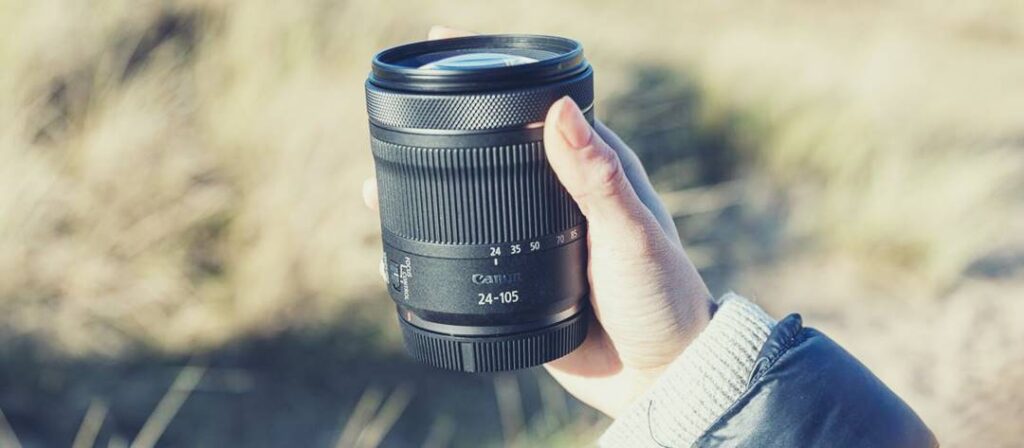
What makes matters worse is that this camera lacks the advanced five-axis stabilization found in the higher-tier model. Unfortunately, the stabilization in the lens doesn’t match the effectiveness of the in-camera stabilization, leading to a higher likelihood of capturing blurry shots when using slow shutter speeds. The lens stabilization provides roughly a two-step improvement in exposure, with anything more being uncertain.
These challenges could be overcome with lenses that have wider and faster apertures. Considering the Canon RF 24-105mm F4-7.1 IS STM lens as a starting point might prompt you to invest in more professional optics for better results.
Autonomy
The Canon EOS R8 comes with a smaller battery and consequently, a shorter battery life. This compromise is something you can anticipate even when looking at the specifications. In practical use, the battery doesn’t last exceptionally long during intense shooting sessions. However, I’ve found that even after taking several hundred shots over 3-4 hours, the battery has never completely drained to zero. You can easily go through a day of shooting while on the move with just one charge.
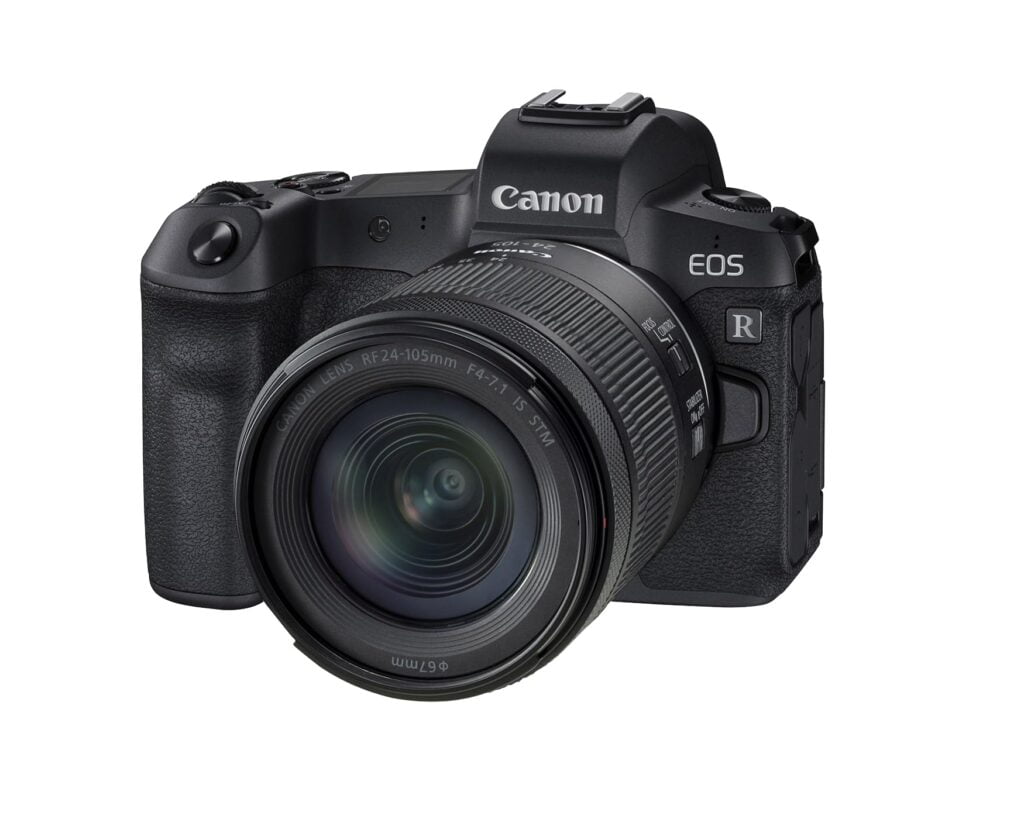
Nonetheless, there’s a slight inconvenience to note. After the first hundred shots or so, the battery charge indicator drops by one division, visually representing around 50% charge. This leaves only two smaller divisions indicating the remaining charge. During video recording, this drop occurs after about 12-13 minutes of filming. This can make shooting a bit less convenient, although based on my experience, this remaining charge is sufficient for at least a couple hundred more photos or several tens of minutes of high-quality video recording.
Pleasant Trifles
Even though it’s positioned as a lower-tier model in the lineup, the Canon EOS R8 still comes with the promised dust and moisture protection. The extra capabilities we observed in the Canon EOS R6 Mark II are still present here, including features like shooting HDR while in motion and automatic stacking.
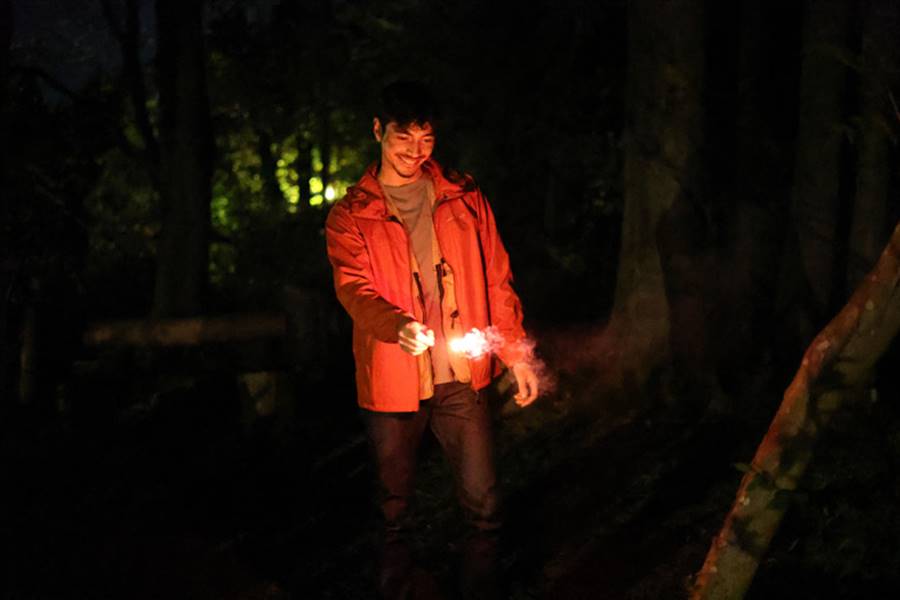
The autofocus settings are impressively intricate, prompting you to consider whether you’re holding a professional camera designed for reporting. This camera includes support for Dual Pixel RAW, a silent mode for discreet shooting, and the ability to capture images at set intervals.
Image Quality
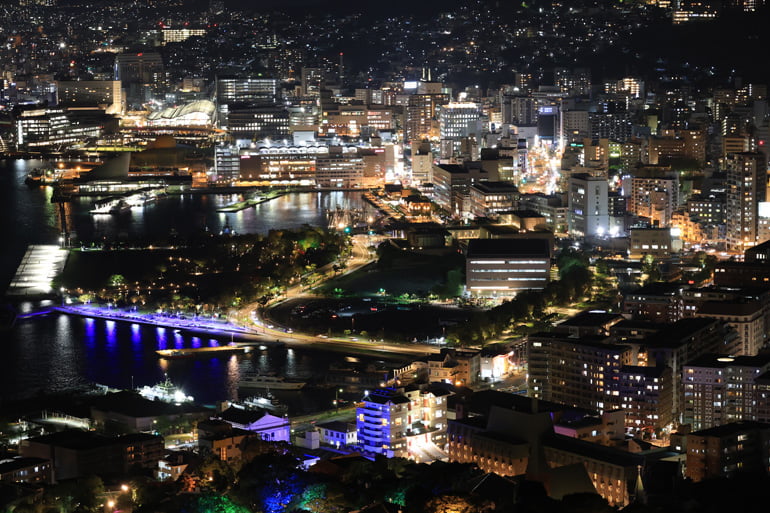
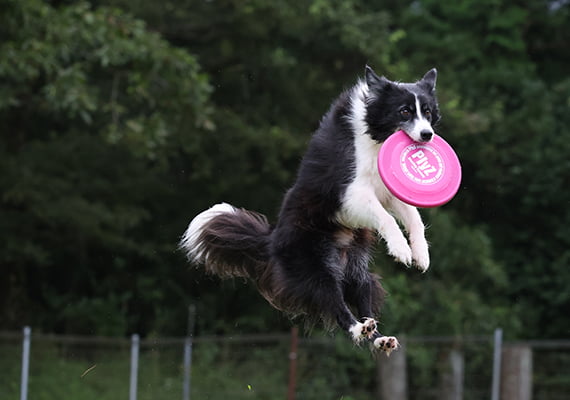


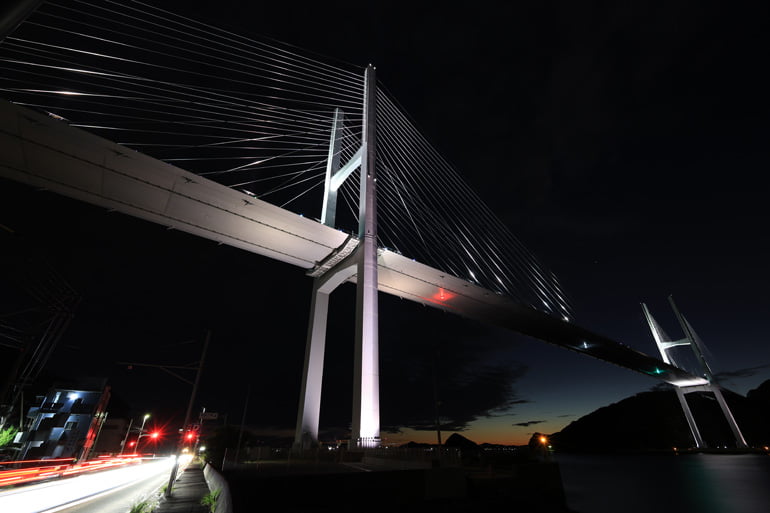


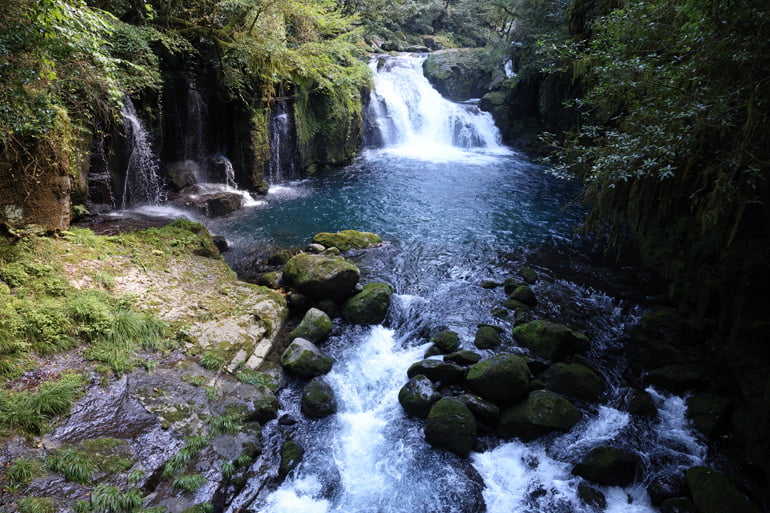
Shooting at High ISO
The Canon EOS R8 excels when it comes to producing high-quality images at low ISO settings. It captures ample detail for its 24 megapixels, showcasing Canon’s characteristic color palette and rendering a smooth, noise-free picture. Even when closely examining images, telling apart ISO 100, 200, 400, or 800 is quite challenging due to their similarity.
Around ISO 1600, the finest details in the shadows start to fade, primarily due to the noise reduction system stepping in. Noticeable noise in the shadows only becomes apparent at ISO 3200. It’s only when you reach ISO 6400 that you begin to see a drop in shadow contrast and some loss of image smoothness in certain areas.

ISO 12800 serves as a turning point: shadow contrast noticeably diminishes, intricate details lessen, and traces of noise emerge. The resulting images are suitable for online sharing or printing in smaller formats, but larger prints might not yield optimal results. At ISO 25600, the decline continues, affecting shadow detail. This ISO setting works practically, especially for capturing reportage-style shots.

However, it’s advisable to avoid using ISO 51200 and 102400 unless absolutely necessary. Images at these settings tend to appear overly blurry, and the noise reduction system can inadvertently remove important details from the scene, such as the individuals on the bridge in our example.
Dynamic Range
Testing the camera’s dynamic range in RAW format didn’t yield any surprises. Similar to its predecessor, the Canon EOS R6 Mark II, this camera delivered consistent results. When dealing with shadows, particularly at lower sensitivity settings, you can easily recover details up to three exposure levels. Pushing beyond this point is feasible, although, at ISO settings higher than 400, noise becomes noticeable.

The camera also handles highlights well. Even frames that are slightly overexposed by a couple of exposure steps can be corrected effectively, rescuing details that might have seemed lost. However, attempting to enhance exposure further in post-processing won’t unveil additional information. All in all, the outcome is indeed impressive!
Video Filming
The video mode on the EOS R8 is activated through a dedicated selector and offers a distinct set of settings separate from the photo mode.
The Canon EOS R8 has adopted nearly all the video capabilities from the Canon EOS R6 Mark II, with the sole exception being its inability to work with external recorders by sending out a RAW signal. Instead, all recordings are stored on a flash drive.
On a memory card, the Canon EOS R8 can capture 4K footage across the full width of the sensor, reaching up to 60 frames per second. Standard video compression employs inter-frame IPB (except for time-lapses, where intra-frame compression is available). The bitrate for 4K goes up to 230 Mbps using a regular profile and increases to 340 Mbps for C-Log3 (YCbCr 4:2:2, 10-bit) or HDR PQ profiles.
The autofocus during video recording operates seamlessly, avoiding abrupt shifts between subjects and remaining focused on the main object without necessitating extra input from the operator.
Powering the camera through USB is possible (with PD support), and there are ports for an external microphone and headphones. The camera’s shoe mount facilitates the use of Canon-branded accessories via its 21-pin contact arrangement.
Unlike older cameras with time or file size limitations, the maximum recording time on the EOS R8 isn’t bound by these restrictions. Instead, it might be constrained by battery capacity or the potential for overheating. For instance, in my test recording of 10-bit C-Log 4K at 50fps, the camera ran for 31 minutes before shutting down due to overheating. During this time:
- The camera operated for 9 minutes in the lower overheating scale division.
- It continued for 15 minutes, the point where the battery indicator dropped by one division.
- At 25 minutes, it entered the orange overheating zone.
- By 27 minutes, the red overheating zone and a red battery icon became evident.
- Ultimately, the camera ceased operation at 31 minutes due to overheating.
At lower frame rates or resolutions, the manufacturer claims that at room temperature, overheating should not be an issue. Our test revealed that at 4K/30fps, we were able to record for 2 hours without encountering overheating – in this case, we relied on USB power, and the overheating indicator didn’t appear on the screen.
Although the camera lacks sensor stabilization, electronic stabilization can compensate for this limitation and functions quite effectively in the EOS R8. However, utilizing electronic stabilization comes at the expense of a narrower field of view.
Conclusions
The Canon EOS R8 carries forward many significant features from its predecessor, the EOS R6 Mark II. It offers impressive image quality even at high ISO values and boasts a wide dynamic range. While its mechanical shutter isn’t lightning-fast, it’s supplemented by an electronic shutter capable of reaching an impressive 40 frames per second – a remarkable feat for an entry-level full-frame camera.
The only downside is that the buffer size for such speeds is limited, allowing only a few seconds of continuous shooting at that rate. However, you can opt for a lower frame rate if needed.
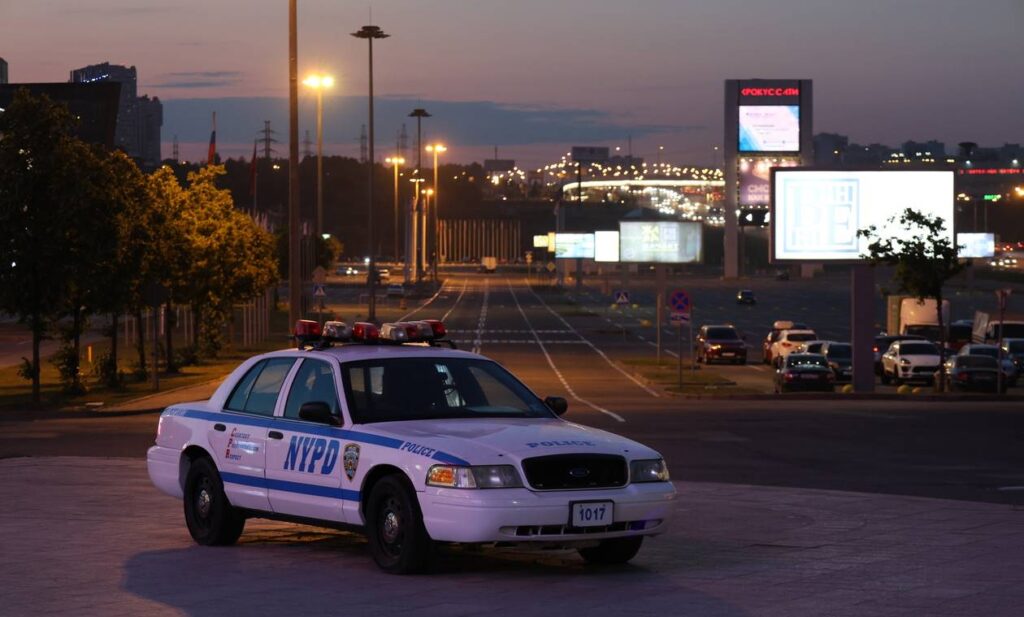
The autofocus system is intelligent and straightforward. It excels at recognizing and tracking subjects not only within its specified areas (people, animals, vehicles) but also generally excels at identifying what’s crucial within the frame. This prowess might explain why the camera lacks a joystick for selecting focus points; you no longer need to fuss over that as the autofocus system takes care of it. When you do need to pinpoint a subject, the touchscreen comes in handy.
When it comes to video recording, the camera’s capabilities are impressive. It captures 4K footage at 60 frames per second across the entire width of the sensor, supporting HDR PQ and 10-bit C-Log3 profiles. While there is a limitation related to overheating, it’s not a major concern for amateur and semi-professional video production scenarios.
The primary drawbacks of the Canon EOS R8 are evident even from a glance at its specifications. Regrettably, in the pursuit of cost reduction and compact design, the EOS R8 had to forfeit the built-in stabilizer present in its predecessor, the EOS R6 Mark II. While this isn’t a significant issue for video shooting – where external stabilizers can be used – it does mean that in photography, you’ll need to rely on fast lenses or those with stabilization.
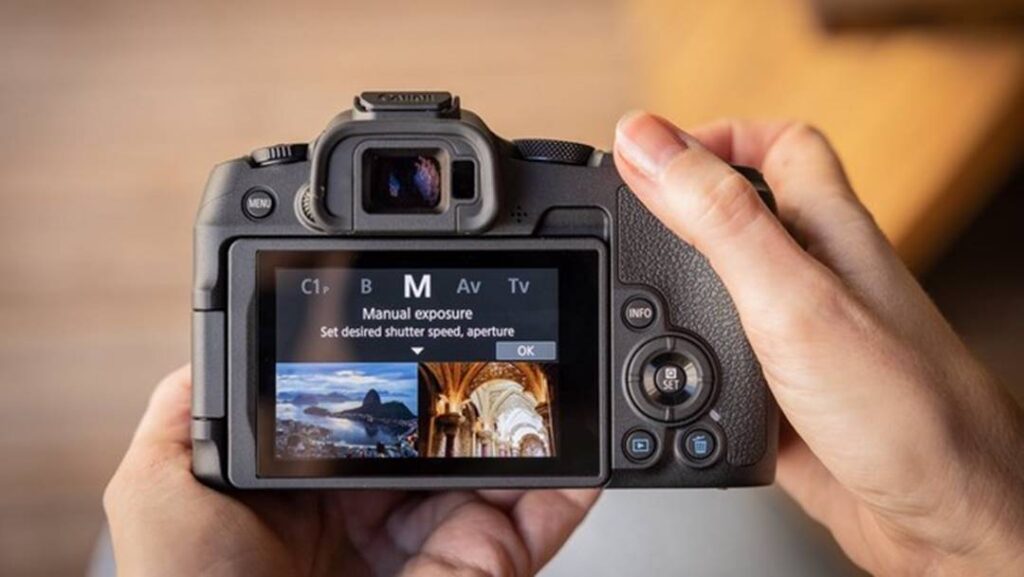
The lightweight body of the camera contributes to its mobility and compactness, although this comes at the expense of a small LP-E17 battery that doesn’t offer the longevity required for professional tasks.
Considering the price of the EOS R8, its limitations are easier to accept, especially for amateur use. Professionals who derive their income from photography and videography will need to find ways to work around these limitations. Fortunately, solutions do exist. The Canon EOS R8 primarily strikes a balance between functionality and cost, and this compromise is quite reasonable.
Product Link on Amazon: Click Here (5% Off)
Pros:
- Exceptional image quality maintained up to ISO 25600.
- The wide dynamic range is available when shooting in RAW format.
- Impressive shooting speed of up to 40 frames per second.
- Autofocus system that recognizes and tracks objects.
- Ability to shoot high-quality 4K video at 50/60 frames per second, utilizing the entire sensor width.
- Ample shooting time for amateur use without the risk of overheating.
- Support for Canon Log 3 in 10-bit 4:2:2, as well as HDR PQ.
- Convenient rotary touch screen for intuitive control.
- Multiple additional shooting features like stacking and pre-shooting.
- Robust protection against dust and moisture.
- Compact size and lightweight design for easy portability.
Cons:
- The battery has limited capacity, resulting in shorter usage times.
- The buffer size isn’t very large for such a high shooting speed.
- Some concerns arise regarding the design of the power lever’s ergonomics.
- It’s not feasible to shoot 4K video using intra-frame compression, aside from interval video.
- To charge via Type-C, a power supply with PD (Power Delivery) support is required.
